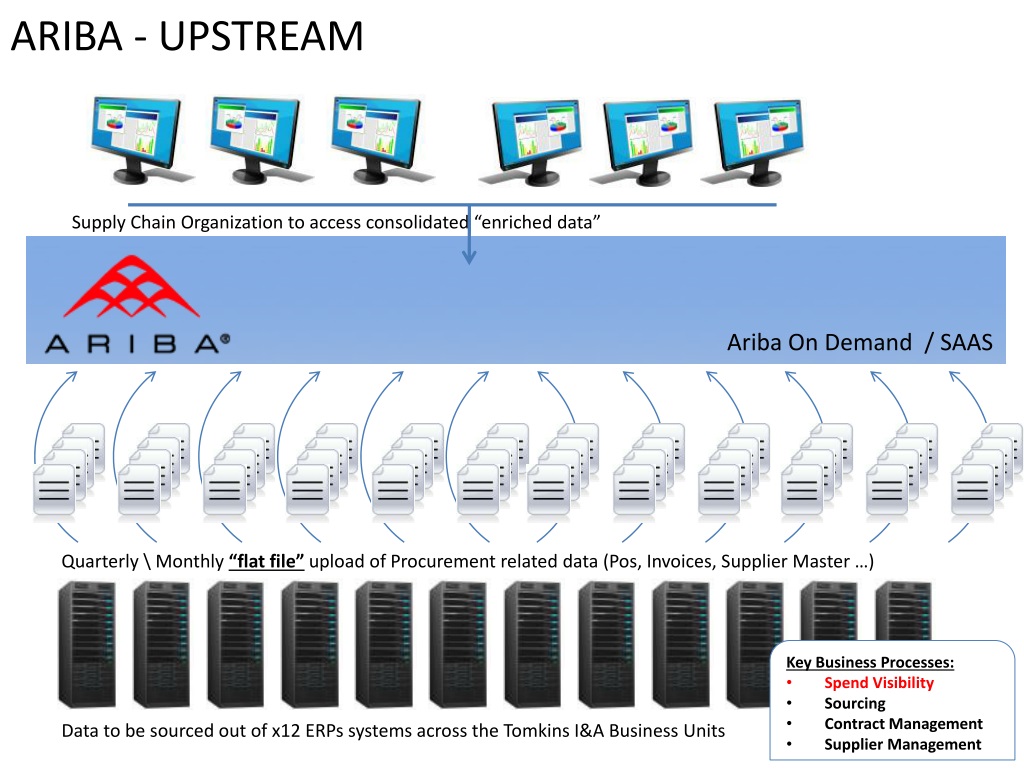

In 2012 SAP purchased Ariba! So how does that play with SAP customers’ existing procurement investments? What is Ariba Today?

As well as developing its e-procurement software, they put much effort into vendor enablement and on-boarding as many vendors as possible to their network.

These systems also addressed the setup and management of approvals, for both spend and invoices.Īriba had a somewhat different approach, focusing on its network. They really added an improved user experience for requisitioning or shopping baskets, plus improved cataloging and the emergence of Punch Out – the ability to connect to a vendor catalog and pull back details into a shopping basket. Quickly after this, we saw the emergence of true e-procurement solutions from companies such as Ariba and Commerce One. The interface was intended to require little training and to have a reduced set of functionalities to support very basic purchasing. The objective was to digitize the old paper based requisitioning system and drive compliance through an interface that the infrequent user could easily navigate. It was the early days of the internet and one of the early internet (or intranet) scenarios was to use a simplified browser-based interface to create purchase requisitions by selecting items from a more user-friendly list of items, which quickly became catalogues. Typically, there would be contracts and preferred suppliers, but it was very difficult to prevent maverick spend and non-compliance with policy. In the late 90’s the indirect purchasing model was not supported by systems. E-Procurement solutions have been widely available for almost 20 years now and we have seen them develop significantly


 0 kommentar(er)
0 kommentar(er)
